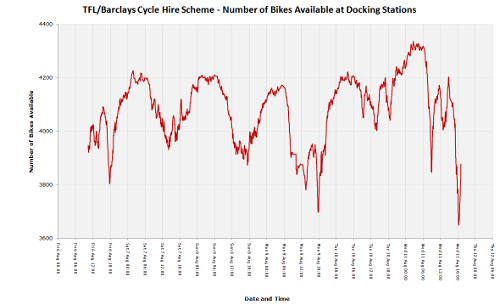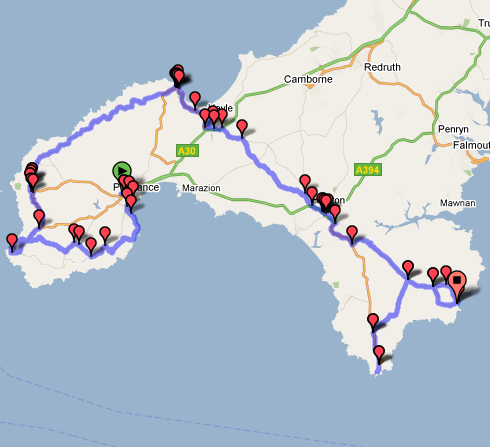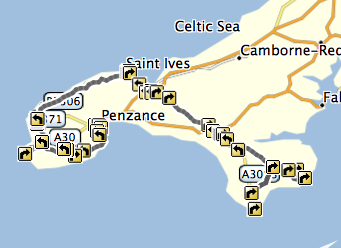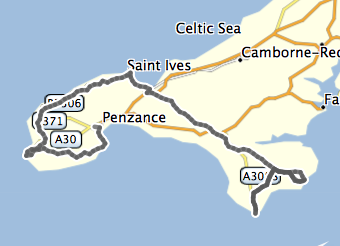I’ve had my Garmin Forerunner 305 sports GPS for nearly three years now and it’s logged several thousand km of running and cycling. Up until recently it worked pretty flawlessly, but during my recent training tour to Sweden, during a particularly wet and physical run, I noticed it kept switching off. Further investigation revealed that, on tapping the unit, it would switch off. Jumping down various ledges in the tough Swedish terrain was presumably having the same effect. For subsequent runs, it refused to switch on at all, even when doing a soft reset (holding down Mode+Reset and then powering up) or a hard reset (holding down Mode+Enter while switching on).
While being plugged into the charger, the unit would operate fine – although when charging, the “Charging in Progress” would always switch to “Charging Complete” after around five seconds, and on unplugging the charger, the unit would switch off immediately, indicating the battery was completely uncharged.
Scanning various web forums talking about such issues, the soft or hard resets, or a firmware software downgrade/upgrade, were the standard fixes – having tried all of these, it looked like my only solution would be sending the unit back to Garmin for an out-of-warrenty replacement. Apparently, some forums said, they are willing to do this for free, with a quick turnaround, due to a “known manufacturing fault”.
I need my Garmin fixed for Thursday, when it has to navigate me 1000km from Land’s End back to London, so that return-to-manufacturer wasn’t an option. Thankfully, I was able to solve the problem with a little prodding around inside the case.
The Forerunner 305 case is pretty easy to open up, as there are no screws for clips holding the front and the back together – just some weak glue. Prising the two parts apart with a small kitchen knife was straightfoward to do, and on examining the interior, the problem was obvious.
There are eight brass pins on the inside back part of the unit, on the other side of the case from the four charging/communicating contacts that connect to the docking station. The pins are bent back on themselves to provide a hinge to the corresponding eights contacts on the inside front part. The left-most metal pin was completely corroded and had gone green, presumably due to an electrolysis reaction with some water or sweat that had got in the case. Not all of the eight pins are connected to the four charging contacts – the affected one wasn’t, which was why communication with the docking station was working fine. However, this was presumably one that was connected to the battery, which was why the battery was unable to charge.
On touching the corroded pin, the raised section immediately came apart (not good.) After cleaning the gunk away with a pencil eraser, I used the kitchen knife to gently prize the remaining slab under the pin upwards, and bent it back on itself, so that it formed a new, shorter pin. I then put the case back together, joining the two halves with sellotape (for now – I need some silicon glue to make a good fit) and the unit now started charging normally, and appears to work fine.










